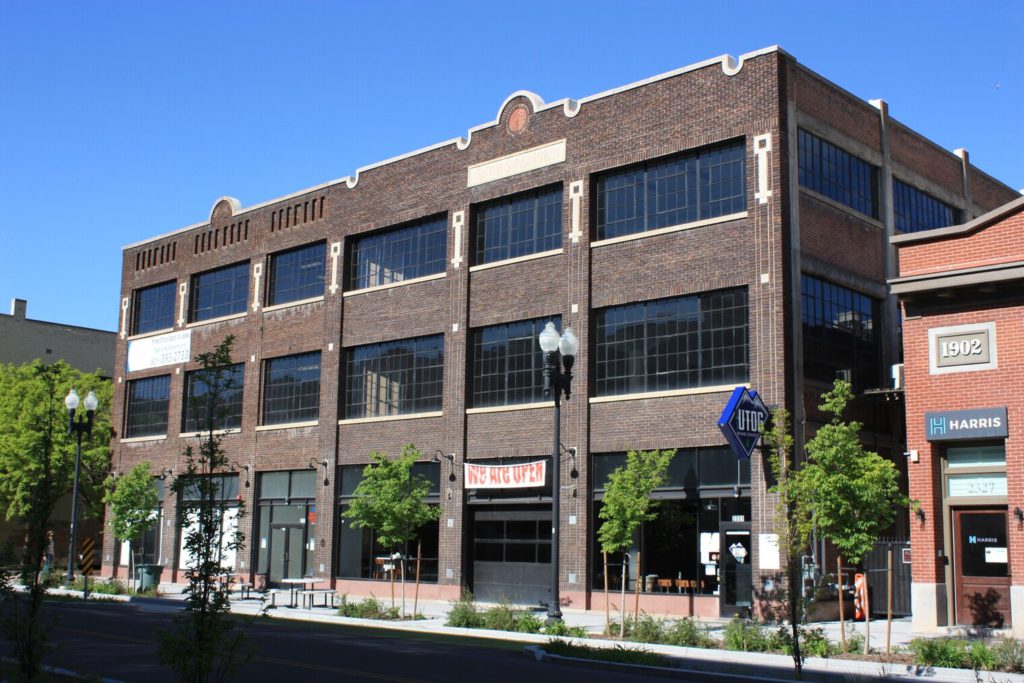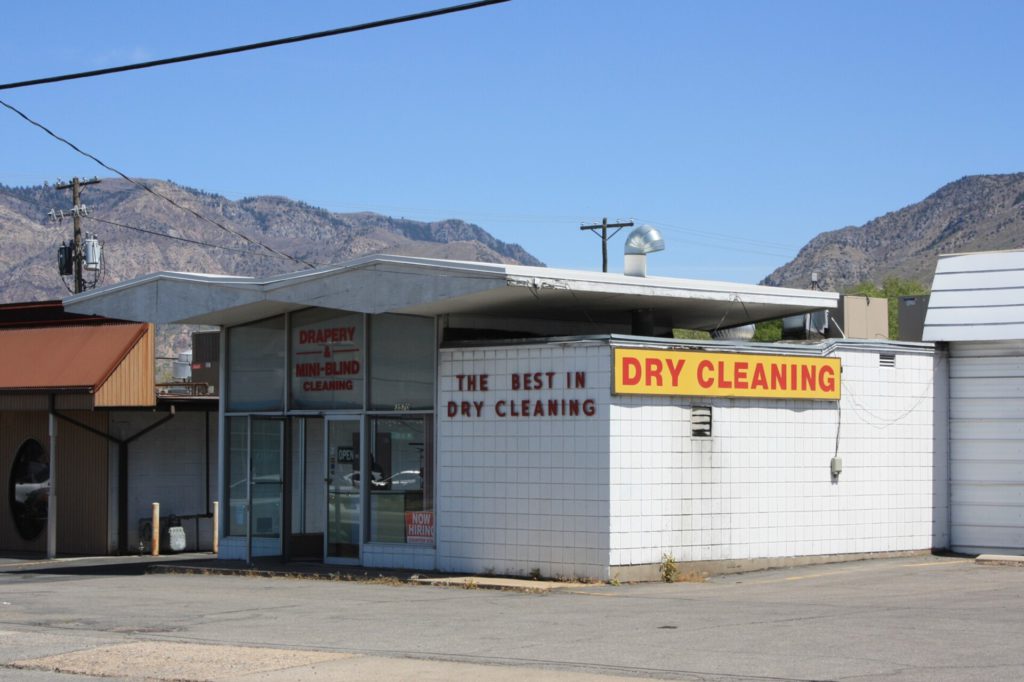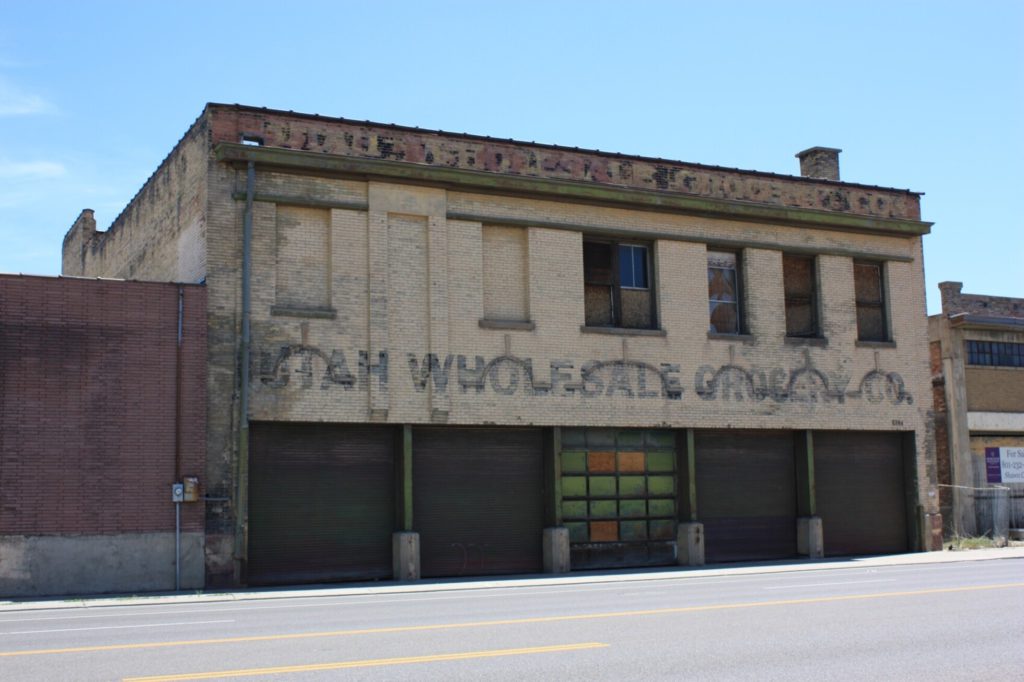Friends of historic Ogden, we have great news! On July 13th, 2022, the National Park Service officially approved the Ogden Commercial and Industrial Properties Multiple Property Submission (MPS). This contains a cover document (the Multiple Property Documentation Form) that both provides historic context for Ogden’s built commercial and industrial resources and establishes registration requirements for nominating such properties to the National Register of Historic Places (NRHP).
In practice, the MPS enables more of Ogden’s buildings to be listed on the NRHP, opening the door for financial incentives, preservation planning, and greater recognition in the community.

Why Ogden’s Commercial and Industrial Properties?
Prior to this listing, a few NRHP residential historic districts and one two block commercial historic district existed within the city of Ogden. “Contributing” buildings within those districts have always been considered listed on the NRHP and therefore eligible for financial incentive programs such as Historic Tax Credits. However, if the owner of an unlisted historic property outside of one of these districts wanted to pursue designation, they would have had to start the research and nomination process from scratch. This sometimes proved to be the limiting factor in historic preservation projects, whether that be a physical rehabilitation or a general preservation planning effort.
Given the low number of listed commercial and industrial resources in Ogden, the Utah State Historic Preservation Office (SHPO) saw the need for an MPS to further efforts to preserve these resources. Beginning in March of 2021, SHPO contracted SWCA Environmental Consultants to undertake the creation of this MPS, which includes an overview of Ogden’s economic history from the first permanent Euro-American settlement in 1845 until 1975.
And now, this document has the potential to help nomination hundreds of Ogden’s buildings to the NRHP.
The Benefits of an MPS
- Supports future NRHP nominations and increases the likelihood of their successful listing.
- Reduces the amount of time, funding, and expertise required to complete an NRHP nomination.
- Support preservation planning efforts.
- Support further scholarship.

What is an MPS?
Statement of Historic Contexts
This section describes the related group of properties, defines Periods of Significance, and develops the related historic contexts. Ogden’s MPS has five distinct historic context periods, ranging from settlement to railroad development and industrialization, up through the Great Depression and on past suburbanization.
Associated Property Types & Registration Requirements
This section describes the specific property types and defines the registration requirements necessary for listing a property to the NRHP under the MPS. Ogden’s MPS includes a plethora of property types related to automobiles, railroads, factories, etc. The registration requirements establish certain physical criteria a building must meet, including to the impact of previous alterations on the historical integrity.
Financial Incentives and the MPS

Are you, or is someone you know, looking to purchase a commercial or industrial property in Ogden that is at least 50 years old? If the property meets the “registration requirements” under one of the MPS’s “associated property types,” it is eligible to be listed on the NRHP and the door for Historic Tax Credits and certain grants is open! Feel free to reach out to the UT SHPO for assistance in determining whether or not your building meets these requirements.
The most commonly used financial incentives tied to the NRHP are the two Historic Tax Credit programs available here in the State of Utah. We have a Federal Income Tax Credit for buildings given/maintaining an income-producing use AND a State Income Tax Credit for buildings given/maintaining a residential use.
Both of these programs provide an income tax credit equivalent to roughly 20% of an approved rehabilitation project’s costs. In the case of buildings used for residential rental purposes, rehabilitation projects could be eligible for 40% tax credits.
Process + Timeline
If you are interested in pursuing Historic Tax Credits, here is the general process you can expect to follow:
- Reach out to the Utah State Historic Preservation Office (SHPO) to determine if your building/project is a good fit for these programs (contact info below).
- After discussing with SHPO, begin both the NRHP nomination and Historic Tax Credit Process at the same time (if building is not already listed) (typically 1-3 months each depending on your/your preservation consultant’s capacity).
- SHPO has up to 30-45 days to review each section. If also a Federal project, the National Park Service has an additional 30 days to review after SHPO.
- Once the work plan is approved, carry out the project. After work is finished, submit “after” application and final NRHP nomination for review (with similar review time).
- If approved, start claiming the credit:
- State program: begin claiming for the year in which you receive final approval.
- Federal program: begin claiming for year in which building is placed back in service (project does not have to have final approval until 3 years after this).
There are, of course, additional requirements and an application process required to pursue these programs. Reaching out to the UT SHPO is the safest first step in order to ensure that your building will be a good fit and to learn more about the process: amberanderson@utah.gov or 801-245-7277.

